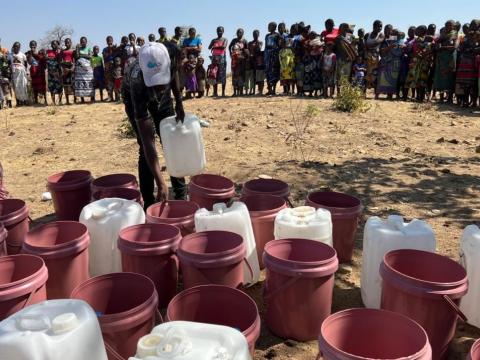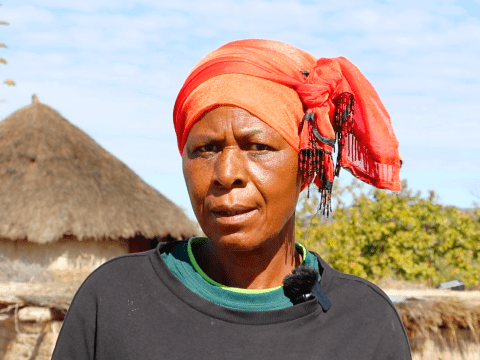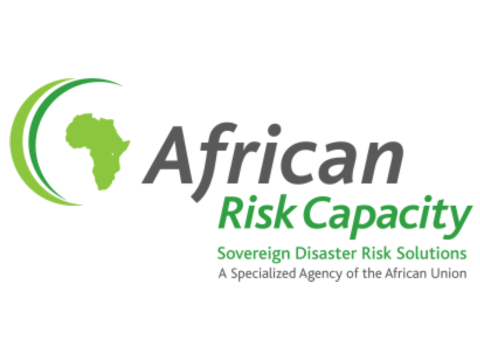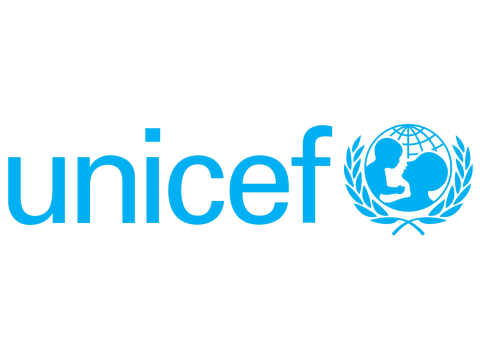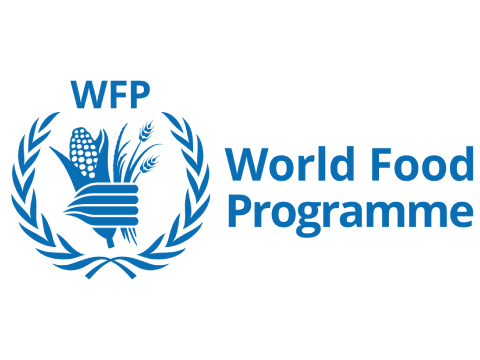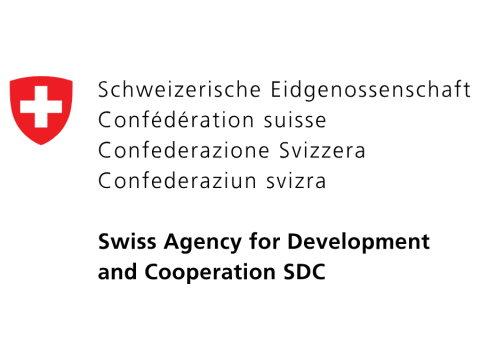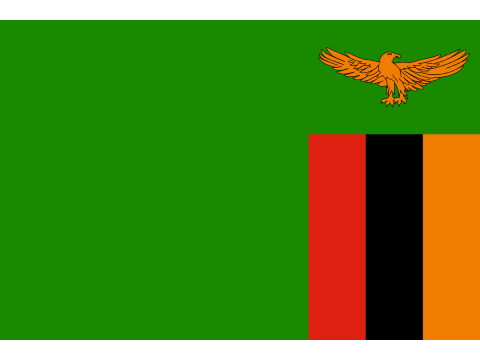Climate and Food Security Crisis in Southern Africa: Responding to El Niño Drought
Across Southern Africa, a climate and food security crisis is unfolding. The El Niño drought has wreaked havoc, resulting in crop failure and an urgent need for humanitarian assistance.
This crisis has been further exacerbated by rising food prices, cholera outbreaks, and ongoing macroeconomic challenges.
Here are the key points:
- Rain-Fed Agriculture Under Threat:
- Approximately 70% of smallholder farmers in the region rely on rain-fed agriculture for their livelihoods.
- The just-concluded rainfall season was marked by extensive dry spells across Angola, Botswana, Madagascar, Malawi, Mozambique, Namibia, South Africa, Lesotho, Zambia, and Zimbabwe.
- In many areas, February was the driest on record, accompanied by a month-long heat wave with temperatures 5 degrees above average—critical conditions for plant development.
- El Niño’s Impact:
- Water deficits due to El Niño have led to crop failure and reduced vegetation growth for livestock and wildlife.
- Over 9,000 drought-related cattle deaths have occurred, with 1.4 million cattle at high risk of death due to lack of pasture.
- Human-wildlife conflict has increased, resulting in loss of lives.
- National Drought Disasters:
- Lesotho, Malawi, Zambia, and Zimbabwe have declared national drought disasters.
- The drought coincides with alarming levels of existing food insecurity.
- In March, an estimated 18.6 million people were in Crisis or worse (IPC Phase 3 or above) levels of food insecurity.
Together, we must act swiftly to alleviate suffering, protect lives, and build resilience in the face of this crisis.



